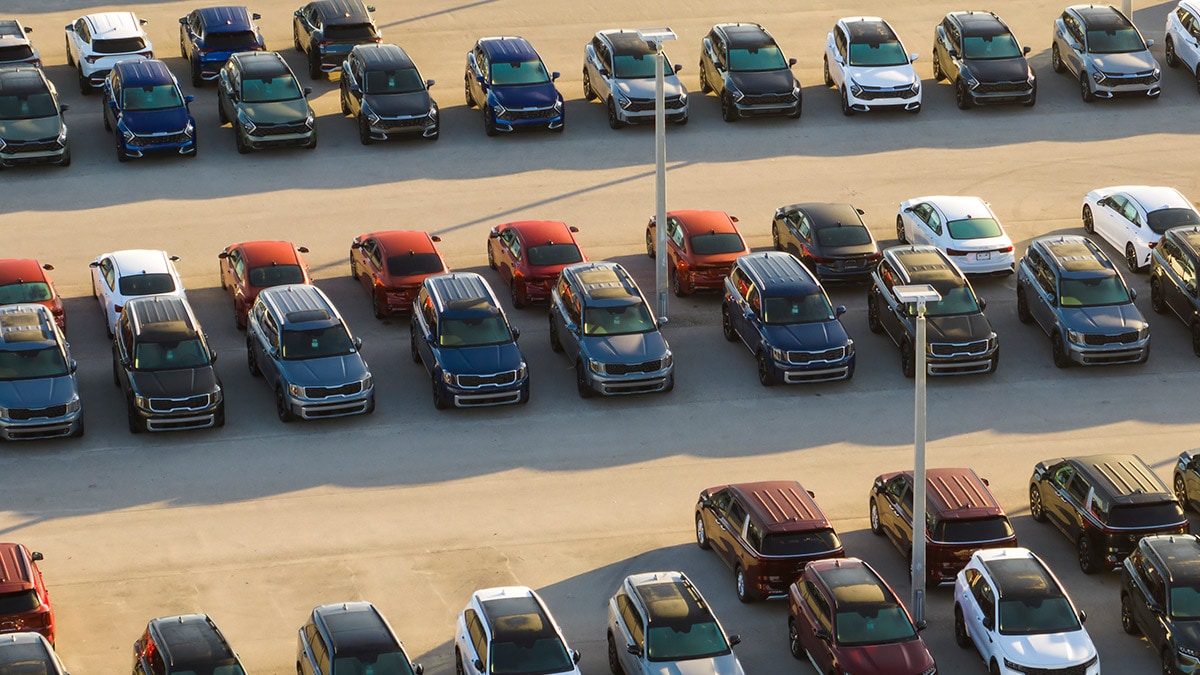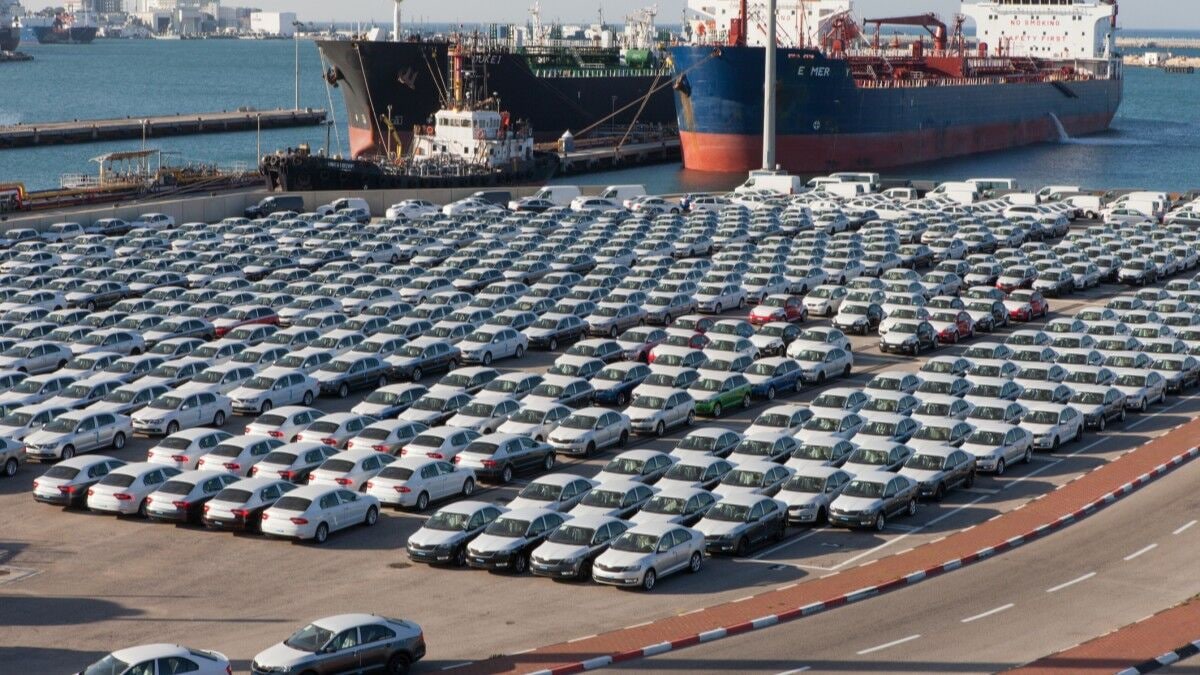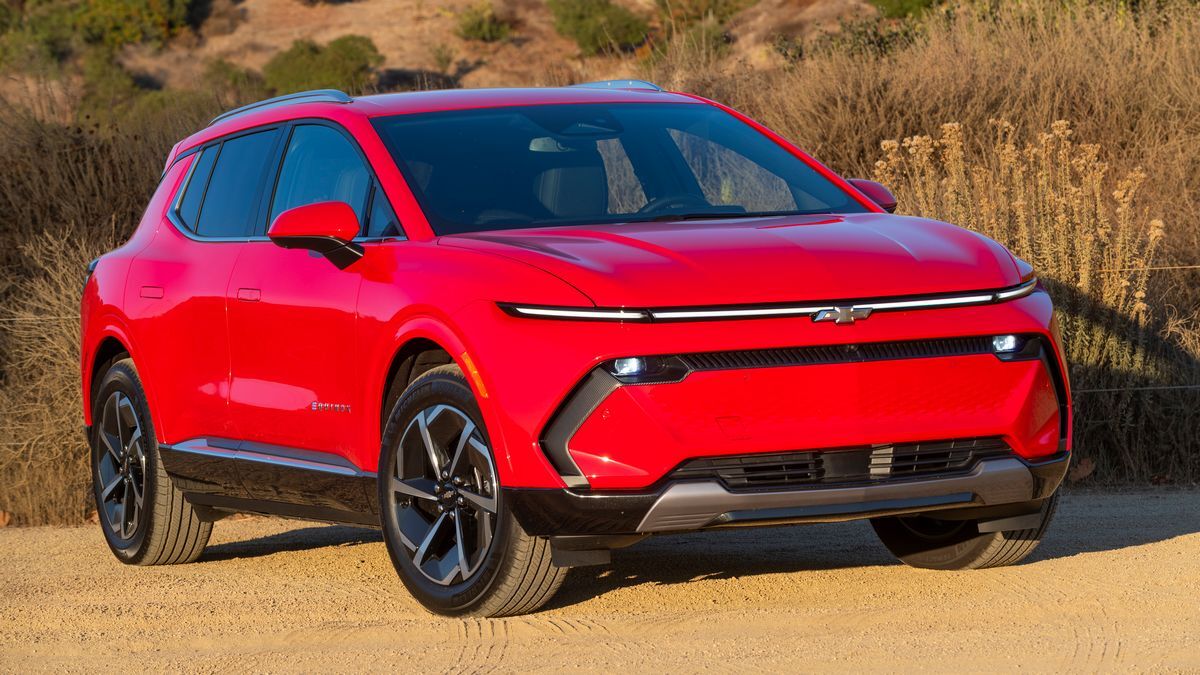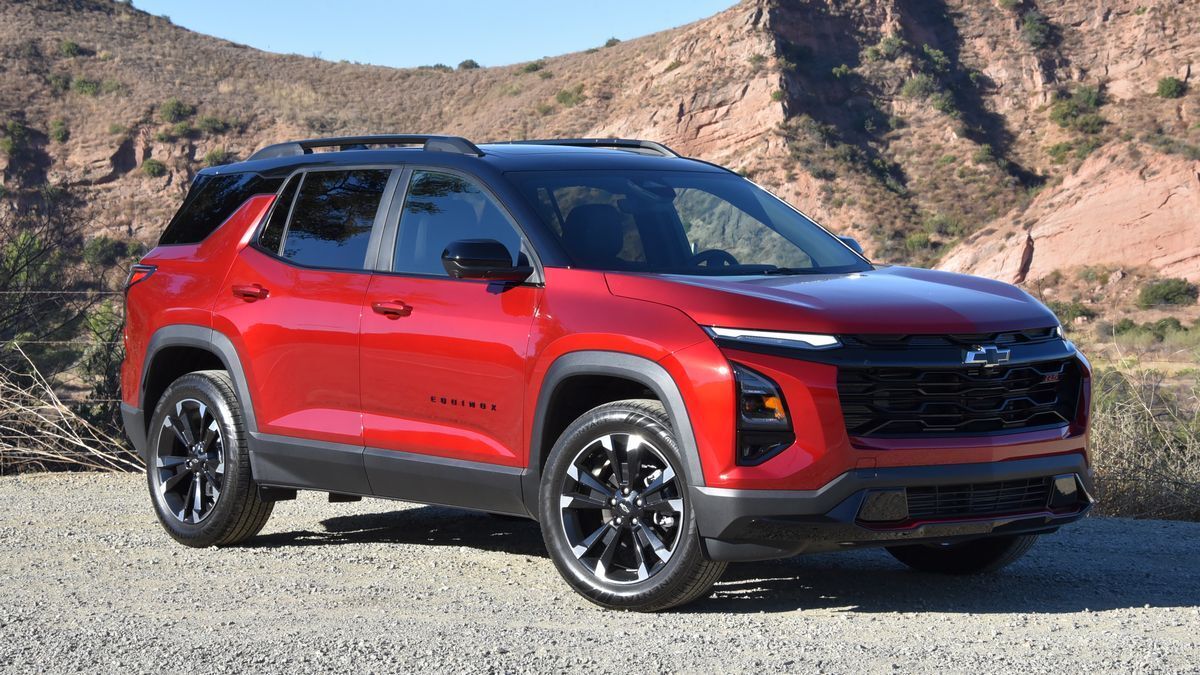We try not to bore you with too many industry-specific terms and measurements only car dealers care about. But smart car shoppers pay attention to what car dealers care about. Knowing what the person across the negotiating table thinks can help you get a good deal. So, let us introduce you to an acronym.
The auto industry pays a lot of attention to something called the seasonally adjusted annual rate (SAAR). It measures how fast cars are selling right now, adjusted for normal seasonal fluctuations. If a month has an SAAR of 16 million, that means that Americans are on pace to buy 16 million cars that year if economic conditions stay more or less as they are.
Related: Is Now The Time to Buy, Sell, or Trade-in a Car?
If you sell ice cream, for instance, it’s not very useful to compare cold January’s sales to hot August’s number. But you might need to understand whether Americans are reducing spending on treats. An SAAR removes the usual fluctuations to help you spot unusual ones.
Fewer Americans Went Car Shopping in August
August is usually an average month for car sales. This year, August even included part of the Labor Day weekend, which typically sees a spike in sales. Yet August’s SAAR was not great.
In August, Kelley Blue Book parent company Cox Automotive reports, the SAAR fell to 15.1 million. That’s below the 15.8 million pace of last August. It’s even below the 15.3 million pace of July.
It’s hard to say how many cars Americans buy in a normal year because we’ve all forgotten what those are like. But, before the COVID-19 pandemic hit, Americans bought 17 million cars in 2019. That pace fell to just 13.9 million in 2022 amid worldwide supply chain problems.
For a while, America appeared to be clawing its way back toward pre-pandemic levels. Now, the pace at which Americans buy new cars is dropping.
But Prices Are Falling, Affordability Improving
New car prices aren’t the problem. They’ve been stable, if not falling, all summer. Some car brands have drastically overbuilt and are marking cars down with hefty discounts to make space.
Affordability — we measure it as how long the average earner would need to work to pay off the average new car — hasn’t been this good in three years. New cars are still not affordable for many Americans as high interest rates keep payments historically high. But the numbers are improving.
So why the slowdown?
A Standoff Over Economy, Interest Rates, Election
Some analysts say it’s a staring contest.
“The market is stuck,” Tyson Jominy, vice president of data and analytics at JD Power, told industry publication Automotive News. “It’s a standoff right now — between consumers, dealers, automakers, and lenders — to see which one is going to blink.”
Everyone’s worried about the election (including car dealers, who think it’s hurting their sales). Everyone’s also watching for the Federal Reserve to cut interest rates at its mid-September meeting. Fed Chairman Jerome Powell himself has said, “The time has come” for an interest rate cut. Analysts think the Fed board is debating not whether to cut rates but by how much.
A rate cut won’t mean loan conditions improve overnight. Cox Automotive Chief Economist Jonathan Smoke says, “It is doubtful that auto rates will rapidly decline as soon as the Fed starts cutting.”
But buyers who can afford to wait are clearly holding out for that day and perhaps the day when the election is settled.
That, however, means good deals are to be found for those who can still shop in these conditions. Cash buyers, in particular, can expect steeper discounts as dealers, worried no one will come in the door this week, advertise new markdowns.








